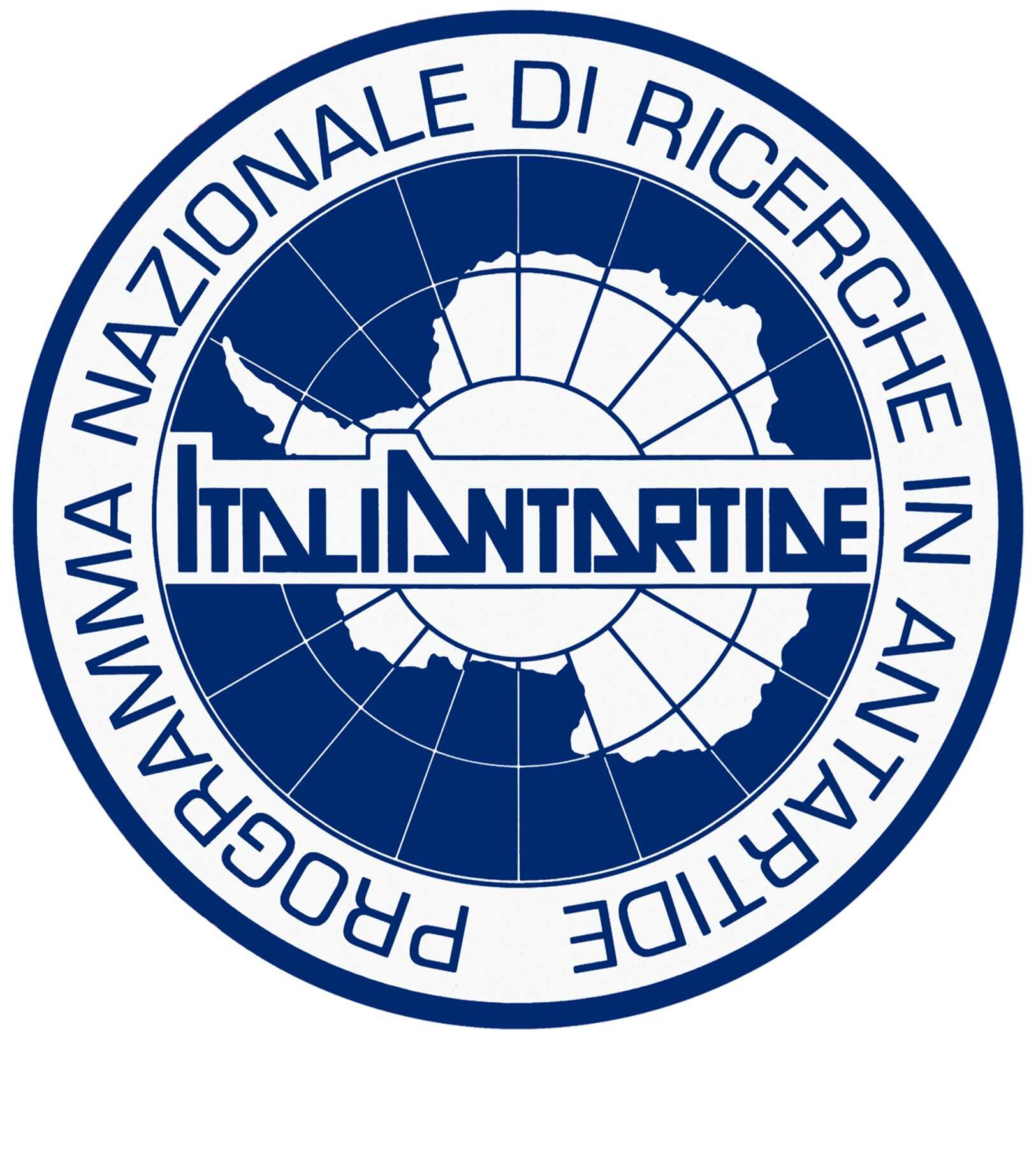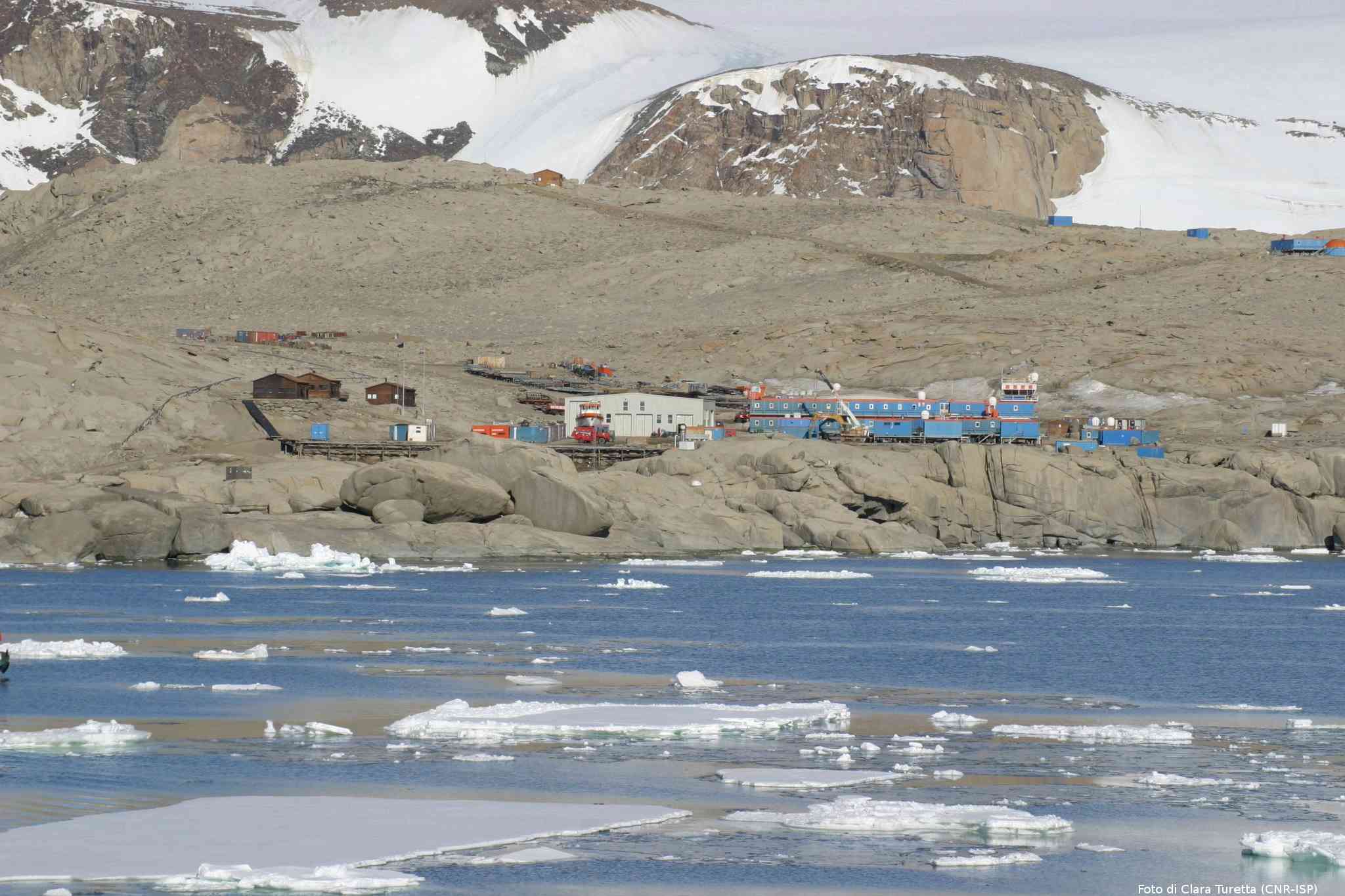
Mario Zucchelli Station

Address
Victoria Land, AntarcticaOperted by Programma Nazionale di Ricerche in Antartide
ENEA (Italian National Agency for New Technologies, Energy and Sustainable Economic Development)
Station manager
Maurizio AzzaroStation Features
Opening year: 1986 Status: OpenFacilities
Station name and owner
The Mario Zuchelli Station os operated by Programma Nazionale di Ricerche in Antartide.
Location
Mario Zucchelli station (MZS) is located in the Ross Sea area, in the Victoria Land, at the foot of small range called Northern Foothills. MZS is a coastal station built on a granite promontory overlooking the Gerlache Inlet, within the wider Terra Nova Bay.
Climate data
Grey colours are WMO Climate Normals including maximum and minimum values. Blue colours are individual years.
Climate data for the stations where extracted via Copernicus Climate Data Store, from the global gridded reanalysis product:
ERA5 monthly averaged data on single levels from 1940 to present.
Description and source code: Roemer J.K. 2023. https://doi.org/10.5281/zenodo.10214922
Data Source: Hersbach et al. 2023. Copernicus Climate Change Service (C3S) Climate Data Store (CDS), https://doi.org/10.24381/cds.f17050d7
Biodiversity and natural environment
MZS is located in the Northern Foothills, an ice-marginal, high latitude periglacial environment covered only by local glaciers and snowfields. The area, characterized by Adélie and Emperor penguin colonies and Skua colonies (at Edmonson Point, Cape Washington, Adélie Cove and Inexpressible Island), hosts some marine and terrestrial protected areas (ASPA161, 118 and 173). The fauna comprises also other species of seabirds (Snow and Wilson’s Storm petrel), seals (Leopard and Weddell seal) and whales (Killer, Antarctic minke and Arnoux’s beaked whale). Furthermore Wood Bay and Terra Nova Bay are among the most biologically and ecologically diverse areas in Antarctica with many species of bryophytes, lichens, algae, cyanobacteria and invertebrates. The vegetation of Victoria Land is entirely cryptogamic and vascular plants are absent.
History and facilities
The site for the permanent Italian station, built in 1986, is Terra Nova Bay between Cape Washington and the Drygalski Ice Tongue, along the coast of Northern Victoria Land. The station was called Baia Terra Nova until 2004. The station is built right on the shore, on a granite rocky peninsula with a north-south orientation. The area assigned to the buildings provides easy access from/to the sea from both east and west. The small inlet on the east shore is particularly suited for unloading cargo at the beginning of the season, when the sea is totally covered with ice. The fast-ice in Tethys Bay is used at the beginning of the season as an aircraft landing place. The main facilities are runways, helipads, plants (power production, incinerator, waste water treatment, desalinator, liquefier), fuel storage and aquarium.
General research and databases
Terra Nova Bay area has been widely scientifically investigated in the last thirty-two years, through extensive geological, oceanographic, marine, ecological and biological research. Marine biological research activities were carried out in the area during the austral summers since the early 1990s including fish community dynamics (in particular the Silver fish). Since 1987, the Meteo-Climatological Observatory of the Programma Nazionale di Ricerche in Antartide (PNRA) has collected meteorological data by means of several automatic weather stations (over thirty at present) installed in the Victoria Land region. Measurements of the size of Adélie penguin colonies of the southern Ross Sea since 1984 are among the longest biologic time series in Antarctica. At Boulder Clay, since 2000, an automatic station (CALM protocol grid) is monitoring the permafrost thermal regime.

